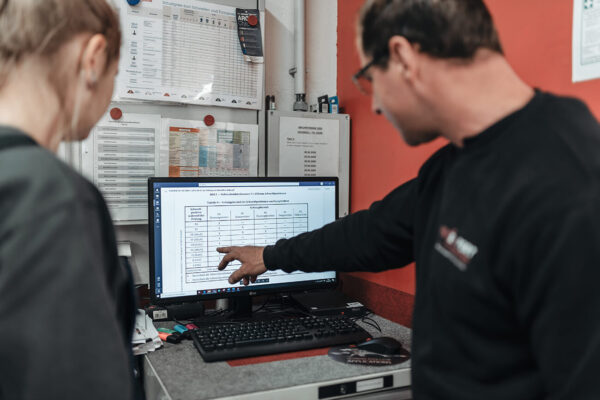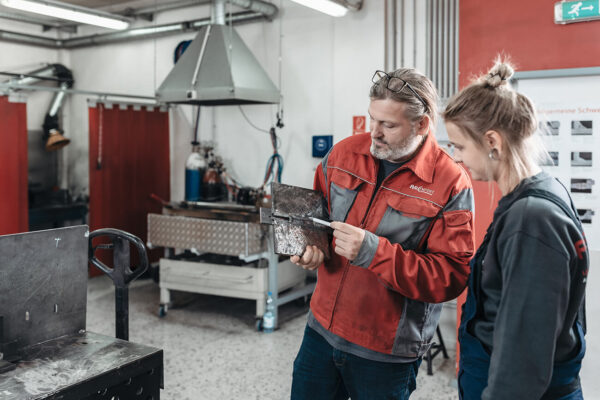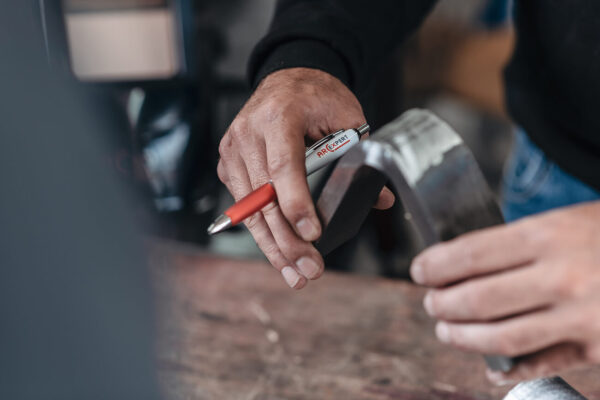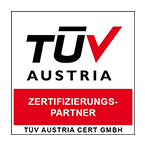TRAINING FOR SAFETY
TRAINING COURSES FOR TECHNOLOGY
TRAINING FOR QUALITY

Welding is used to join components together in such a way that they can fulfill the requirements placed on them over an expected service life. To this end, the weld seams must meet certain quality criteria in order to comply with technical production requirements.
We make you fit for daily practice in the areas of weld seam assessment, corrosion and defects in processing.
Build up real practical knowledge and benefit from:
– Background knowledge on materials science, filler materials, processing principles, standards and guidelines
– Practical exercises to avoid errors during welding
– Practical exercises for analyzing defects and assessing weld seams
1. admission to training/prerequisites
– Training and previous knowledge in the metal sector
– German language skills level 3
2nd target group
– Apprentices and employees from metalworking companies (assembly, tacking)
– Welders who want to develop their skills in terms of speed, accuracy and quality improvement in their daily work.
– Managers and technicians in the metal industry who want to build up knowledge in this area
3. contents
3.1. Contents Theory
– Material science
– Gases in welding technology
– Heat affected zones
– Process-specific knowledge in general and with regard to filler materials and processing principles
– manual potentiation
– Instruments for quality assurance and improvement
– Assessment of weld seams
– Standards and guidelines
3.2. Contents Practice
– Settings and optimization of welding parameters according to materials and filler metals
– Correct handling of heat exposure – welding techniques to avoid errors
– Training to increase quality and speed
– Preparation and post-treatment of welds
– Assessment of weld seams and analysis of quality defects
4th method
Lecture, development of the theoretical basics along the script
Practical exercises in the training workshop
5. duration, group size
6.5 teaching units,
Group size: max. 6 participants
6. timetable
4 theory lessons
2.5 teaching units practice
7. examination regulations
Oral control questions
Visual inspection, non-destructive testing and destructive testing of the manufactured workpieces
8. conclusion
Confirmation of participation
On request, this training can also be carried out in-house. We look forward to hearing from you to arrange an appointment or receive a concrete offer.



